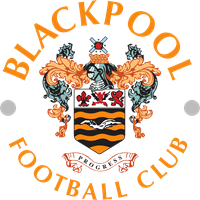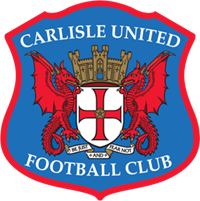
Ramon Sanchez-Pizjuan
The Ramón Sánchez Pizjuán Stadium is a football stadium in Seville, Spain. It is the home stadium of Sevilla Fútbol Club, and is named after the club's former president, Ramón Sánchez Pizjuán, who served Sevilla for seventeen years in the early 20th century and helped pioneer the building of the ground.
It was the venue for the 1986 European Cup Final between Steaua București and Barcelona and the 1982 World Cup semi-final game between Germany and France.

Club Factfile
- NAME: Sevilla
- NICKNAME: Los Nervionenses/Los Hispalenses
- FOUNDED: 25 January 1890
- TRADITIONAL COLOURS: Red and white
- LOCAL RIVALRY: Real Betis
Ground Factfile
- CAPACITY: 43,883
- RECORD ATTENDANCE: 71.114 (vs Rayo Vallecano 1996/97)
- ADDRESS: Calle Sevilla Fútbol Club s/n, 41005 – Sevilla
- YEAR OPENED: 7 September 1958
- PITCH SIZE: 114 x 74 yards
Directions
Ground Information
Estadio Ramón Sánchez Pizjuán got built to replace Sevilla’s old Estadio de Nervión, which had become too small for the ambitions of the club.
Just a few weeks before the start of construction, President Ramón Sánchez Pizjuán suddenly died, and his successor promised to name the stadium in his honour. Estadio Ramón Sánchez Pizjuán officially opened on 7 September 1958 with a match between Sevilla FC and Real Jaén.
Estadio Ramón Sánchez Pizjuán was one of the playing venues of the 1982 World Cup. Before the tournament it had received a refurbishment, which reduced capacity to 66,000. During the World Cup it hosted two matches: one group match and the semi-final between West Germany and France (3-3). In the 1990s, the capacity of the stadium was further reduced when it got converted into an all-seater.
Ramón Sánchez Pizjuán Stadium follows the ‘bowl’ style common for most continental football grounds. There are two tiers around the ground, with The North Stand and The South Stand being located behind the goals. The North Stand hosts the most vocal Sevilla supporters. The East and West Stands run along the sides of the pitch with the latter housing the dugouts, the players’ tunnel and the Director’s Box.
Away fans
For domestic matches away fans who make the trip to Seville are housed within one small section of the south-east corner which is accessible from gates 11 and 11a.
Situated at the back of the stand, the default allocation of tickets occupies the white coloured chairs at the top with surprisingly decent views of the action on the pitch below.
Away pubs
Estadio Ramón Sánchez Pizjuán is in a dense urban area close to Seville’s city centre. Shopping centre Nervión Plaza lies right next to the stadium and boasts a cinema and various food outlets.
Furthermore, there are plenty of smaller bars and restaurants on Luis de Morales and in the area toward the historic centre, though for proper nightlife one must head into the centre itself (e.g. around Plaza Nueva).
Car Parks & Public transport
Estadio Ramón Sánchez Pizjuán is in central Seville at walking distance from the city centre and the main railway station.
The walk from the cathedral in Seville’s historic centre (located west of the stadium) can be made in half an hour. From the main railway station 10 minutes should be enough to reach the stadium on foot. Alternatively, one can take the metro to the stadium. Stations Nervión and Gran Plaza on Seville’s only line 1 are closest to the stadium. These can be reached from Station P. Jerez, located in the south of the historic centre.
Estadio Ramón Sánchez Pizjuán lies one block off Luis de Morales avenue, which circles Seville’s centre on its east. If arriving by car from Seville’s ring road further east (A4), take one of the large avenues toward Seville’s city centre, and, at approach of the centre, turn onto Luis de Morales (named differently further north or south).
Still not found what you are looking for?
Click on the additional Grounds below to find out more information, or visit the Grounds Hub to find the Ground that you are looking for.














